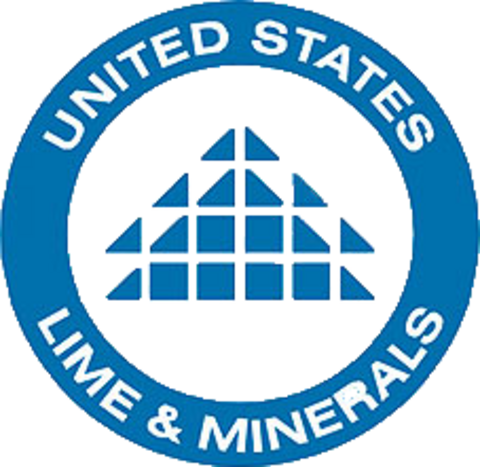/ factorpad.com / stocks / f15xhw.html
An ad-free and cookie-free website.
Our quantitative data points are meant to provide a high-level understanding of factors in equity risk models for United States Lime & Mineral. Portfolio managers use these models to forecast risk, optimize portfolios and review performance.
We show how USLM stock compares to 2,000+ US-based stocks, and to peers in the Mining, Quarrying, and Oil and Gas Extraction sector and Crushed and Broken Limestone Mining and Quarrying industry.
Please do not consider this data as investment advice. Data is downloaded from sources we deem reliable, but errors may occur.
 United States Lime & Minerals, Inc., a NASDAQ-listed public company with headquarters in Dallas, Texas, is a manufacturer of lime and limestone products, supplying primarily the construction (including highway, road and building contractors), industrial (including paper and glass manufacturers), environmental (including municipal sanitation and water treatment facilities and flue gas treatment processes), metals (including steel producers), oil and gas services, roof shingle manufacturers and agriculture (including poultry and cattle feed producers) industries. The Company operates lime and limestone plants and distribution facilities in Arkansas, Colorado, Louisiana, Oklahoma and Texas through its wholly owned subsidiaries, Arkansas Lime Company, Colorado Lime Company, Texas Lime Company, U.S. Lime Company, U.S. Lime Company - Shreveport, U.S. Lime Company - St. Clair and U.S. Lime Company - Transportation. In addition, the Company, through its wholly owned subsidiary, U.S. Lime Company - O & G, LLC, has royalty and non-operating working interests pursuant to an oil and gas lease and a drillsite agreement on its Johnson County, Texas property, located in the Barnett Shale Formation.
United States Lime & Minerals, Inc., a NASDAQ-listed public company with headquarters in Dallas, Texas, is a manufacturer of lime and limestone products, supplying primarily the construction (including highway, road and building contractors), industrial (including paper and glass manufacturers), environmental (including municipal sanitation and water treatment facilities and flue gas treatment processes), metals (including steel producers), oil and gas services, roof shingle manufacturers and agriculture (including poultry and cattle feed producers) industries. The Company operates lime and limestone plants and distribution facilities in Arkansas, Colorado, Louisiana, Oklahoma and Texas through its wholly owned subsidiaries, Arkansas Lime Company, Colorado Lime Company, Texas Lime Company, U.S. Lime Company, U.S. Lime Company - Shreveport, U.S. Lime Company - St. Clair and U.S. Lime Company - Transportation. In addition, the Company, through its wholly owned subsidiary, U.S. Lime Company - O & G, LLC, has royalty and non-operating working interests pursuant to an oil and gas lease and a drillsite agreement on its Johnson County, Texas property, located in the Barnett Shale Formation.
Many of the following risk metrics are standardized and transformed into quantitative factors in institutional-level risk models.
Rankings below represent percentiles from 1 to 100, with 1 being the lowest rating of risk.
Stocks with higher beta exhibit higher sensitivity to the ups and downs in the market. (↑↑)
Stocks with higher market capitalization often have lower risk. (↑↓)
Higher average daily dollar volume over the past 30 days implies lower liquidity risk. (↑↓)
Higher price momentum stocks, aka recent winners, equate to lower risk for many investors. (↑↓)
Style risk factors often include measures of profitability and payout levels.
Companies with higher earnings generally provide lower risk. (↑↓)
Companies with higher dividend yields, if sustaintable, are perceived to have lower risk. (↑↓)
/ factorpad.com / stocks / f15xhw.html
A newly-updated free resource. Connect and refer a friend today.